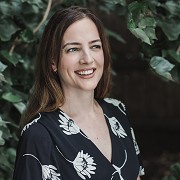
Friday, 31 March 2023 to Sunday, 2 April 2023

|
Fri31 Mar01:15pm(15 mins)
|
Where:
Fore Hall
Presenter:
|
